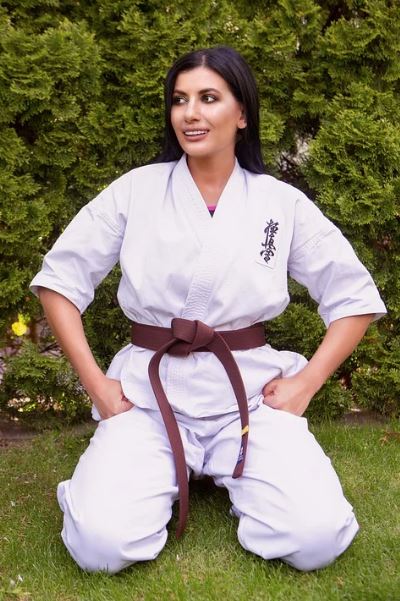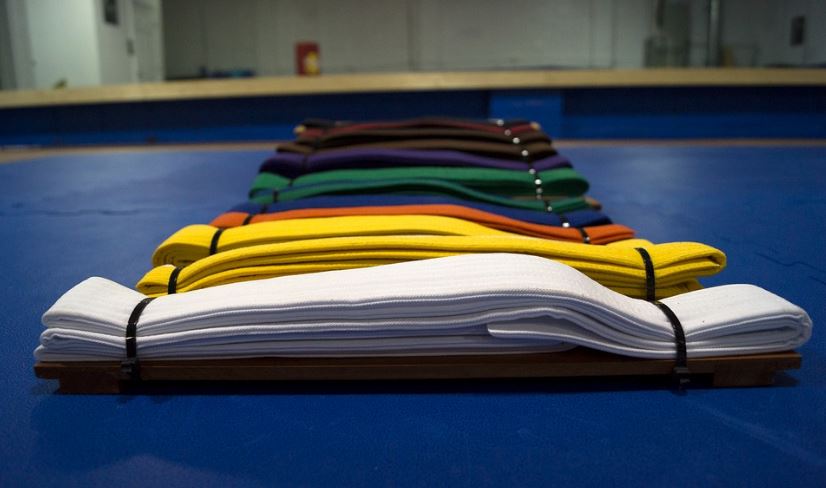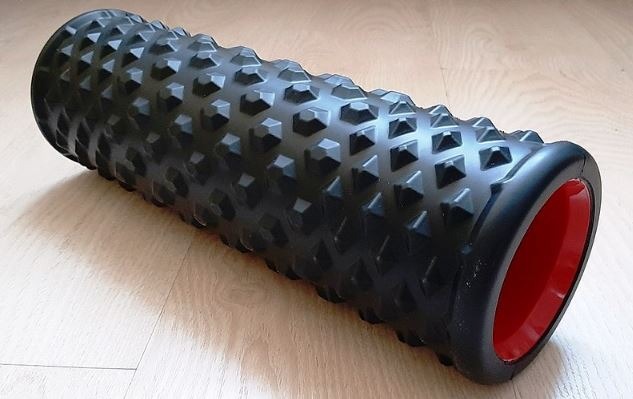If you’re brand new to martial arts, you’re probably wondering what you need to prepare so you can start training the right way. The truth is, unlike other sports, martial arts is more accessible because you don’t need loads of expensive equipment to get into the sport. But as you start practicing more and reaching new levels of mastery, you will need other equipment besides your gi to ensure that you will excel at the sport.
Here are some of the equipment for aikido and other martial arts forms:
1. Uniform
Most gyms offer few sets of loaner uniforms on hand for people trying out lessons. But if you’re not comfortable wearing a shared uniform or have decided you’ll be committed to training, you’ll want to buy a uniform of your own.
The type of uniform you will need depends on the type of martial art you’re training for. Uniforms, also known as “gi,” have their own style and form that are specifically designed and evolved to meet the needs of the discipline. Although, depending on where you train, there might be some leeway or crossover in what uniforms are allowed and considered appropriate. For instance, if you trained in taekwondo before, you may be able to use the same uniform to train in karate.
Judo, karate, and jiu-jitsu are all performed in their own variation of the gi, the weave, and weight, depending on the specific martial arts techniques and demands. You will need a dobok when practicing taekwondo, while a specific style of shorts is needed for Muay Thai.
2. Belt
You also need a belt for graded martial arts, representing your ranking in the discipline. A large percentage of martial arts use some form of grading system, and a belt represents the rank you’ve earned in that discipline. Almost all beginners in any martial arts discipline start with a white belt, and as they progress, the sensei or martial arts coach decides which belt the trainee should wear.
Much like uniforms, belts for martial arts are also made to withstand the specific demands of their discipline. For example, Brazilian jiu-jitsu belts are often thicker than karate belts, so it’s wise to ask the gym about it before buying one for your own.
3. Protective gear
It’s improbable that you will be involved in some serious contact sparring in your first lessons. No good trainer will put a rookie into hard sparring sessions before they are properly trained and equipped to handle the situation as safely as possible. But even no-contact training and light sparring that happens in martial arts can come with some risks. So, from day one, a martial artist must wear protective gear.
The exact type of protective gear required for each martial art is different. For instance, taekwondo requires a unique set of gear for competition that both protects fighters and monitors the number of strikes they receive. Here are some pieces of protective gear you can wear:
Shinguard
Shin guards help protect your bones and joints from injury. There are different types of shin guards used depending on the type of martial arts discipline the frequency and intensity of your training. For instance, MMA shin guards are more padded than the others. Some shin guards protect both the feet and shins, while some protect the shins only.
Head guard
A head guard is used to protect the ears and head, but the type you must get depends on the discipline. Sometimes, they must be worn while sparring, while they can also be used in practice or during matches.
Groin guard
Groin guards are one of the essential guard gear than martial artists. Some people don’t like wearing a groin guard because it can restrict movement. However, if you pick one that’s ideal for your discipline, it won’t hinder your moves. A padded groin protector is used for boxing, while a solid protective cup is ideal for intense hitting arts like Muay Thai and MMA.
Mouthguard
A well-fitted mouthguard is an essential piece of protective equipment. Injuries like jaw dislocation, fractured or broken teeth, and tissue gashes are common in martial arts. A mouthguard custom-fit for your mouth will not only prevent your teeth from getting knocked out but also protect your jaw to prevent dislocation.
Gloves and wraps
Martial arts gloves are essential equipment, especially for sports like boxing and MMA. Padded boxing gloves prevent injuries on your hand while punching, and MMA gloves protect the hand, but it doesn’t cover the fingers so you can grapple. For other martial arts and striking sports, wrapping the hands is essential to create a protective barrier for the hands. Wraps are often cheaper than gloves.
4. Training bag
Martial arts training doesn’t just need a lot of time and dedication but also a fair amount of gear. Besides the protective gear, you would also need to bring extra clothes, a towel, and a water bottle. Sometimes, the mats, rings, and other props must also be provided by the individual. You can either use backpacks, rucksacks, duffle bags, or mesh bags.
5. Educational materials
While there’s no substitute for learning from a sensei and repeatedly practicing – you also need to give your body a chance to recover from physical activity. During that time, you can read about the martial arts discipline you are training for and watch instructional videos to supplement your learning.
6. Foam roller
A foam roller is not a need, but it can be beneficial for you. It can help loosen soft tissue and release tight muscles. It stretches the muscles to improve range of motion and mobility, allowing them to perform better and recover quicker if you’re training harder. Owning a foam roller to relax your muscles after sessions is good for you.
7. Liniment oil
For centuries, liniment oil has been used by martial arts practitioners. Initially, these liniments helped the monks recover from their injuries sustained during fighting and training. Liniment oil can help the muscle relax and improve blood circulation to help the body recover.
You can also use liniment oil to warm up and relax your muscles before training to prevent injuries and strain. Often, it is used post-exercise to relax the muscles and shorten recovery time.







